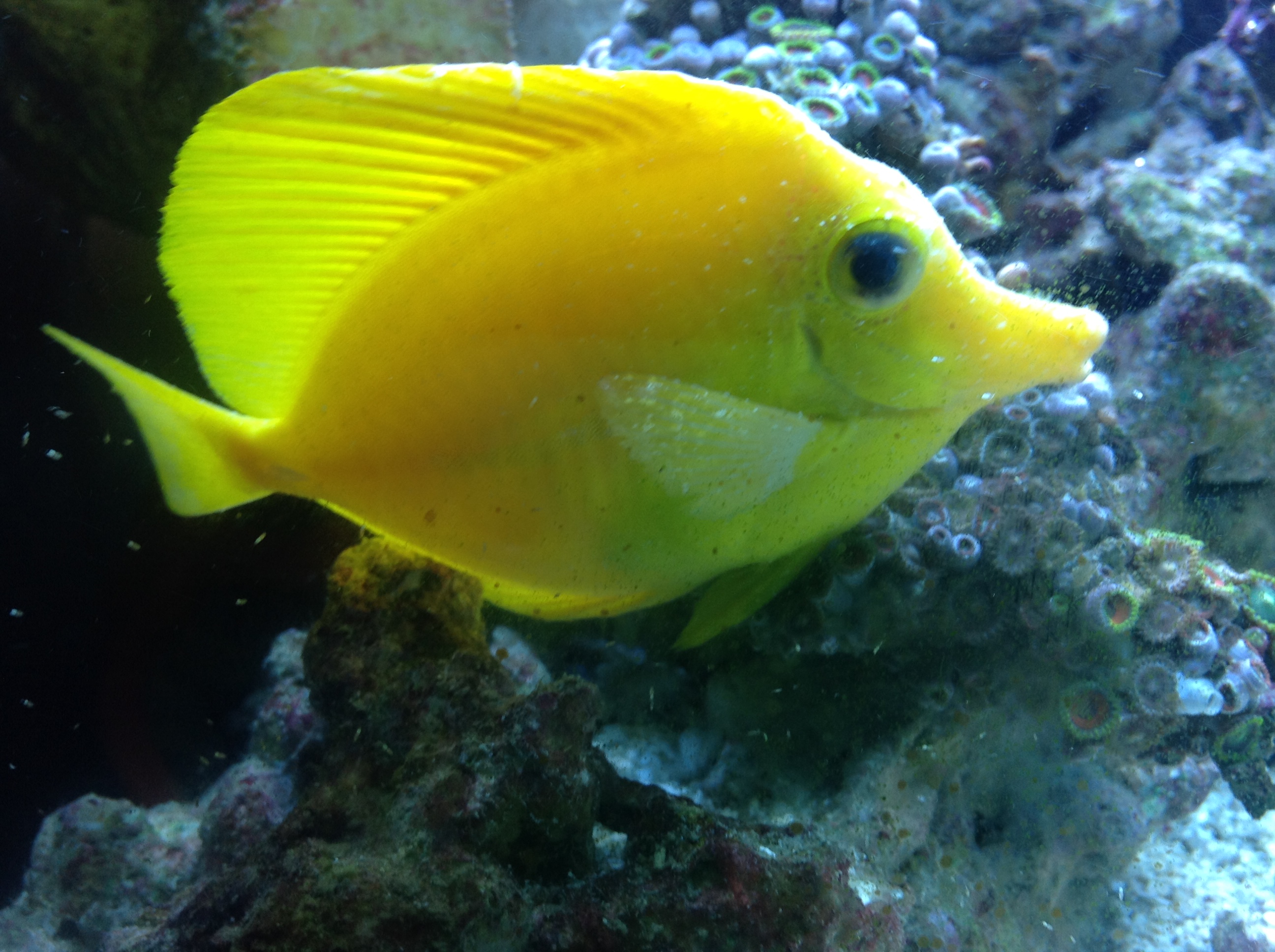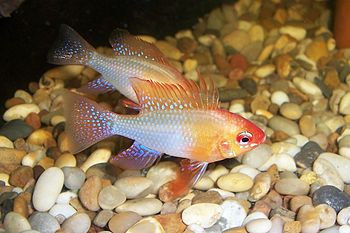Negev Zoo snake (Photo credit: Wikipedia)
People have all kinds of different pets. Some people only feel safe with what is considered "normal" pets. This usually consists of cats, dogs, hamsters, or birds. Country folks may have farmyard animals for pets. Horses, cows, goats, bunnies, and so on are typical.
Then you have the people who pride themselves on being "outside the norm". These people may be the sort who likes to consider themselves and their pets unique. Or maybe they just love animals of all kinds and welcome any and all types of pets. Reptiles have been kept as pets for many years, but as the number of pet stores has grown so has the number of reptiles kept as pets. Sometimes this is bad news for the reptiles. If a dangerous reptile is chosen, it could be bad news for the owner as well.
Sometimes the type of pet a person has depends on the area in which they live. Availability may make the choice for them. The environment is also a consideration. In south Louisiana, a child may be raised thinking an alligator is normal to keep for a pet! It would be impractical for a child who lives in the midst of the city to own a pet cow.
What types of reptiles are popular as exotic pets? Snakes, lizards, and turtles make the choices wide. There are some, however, of each type that makes some better choices than others. Unfortunately, these types of pets are also the most often abused and neglected simply because of failure to learn about their proper needs prior to ownership. Once the new wears off, they become forgotten. Because reptiles are often quiet and contained, it is easy to forget they are around.
Corn snakes are often chosen because they are known to be easier to care for. They are excellent escape artists, though, so great care must be taken to keep the latches tightly closed on their enclosures. It may seem funny in the movies to see a snake escape and scare the family or guests, but it can cause great harm to your pet in reality.
Boas are a well-known reptile pet, but people often underestimate their lifespan and their great size when grown. A snake kept in an area it has outgrown will not be a happy, well-adjusted pet. It may cause the snake harm and you as well, should he choose to fight back because of his discomfort.
Those cute little reptiles grow up and will need different requirements for food and housing as they grow. A responsible pet owner will be prepared for the changes and willing to accommodate. Can you recreate the natural environment and maintain it? Think of it as being a person from the country who moves to the city, unwillingly, and never learns to adjust because they just don't seem to fit into the new surroundings. Except this person has the ability to move back to the country, while the snake is unable to make this choice on his own. The right housing makes a happier pet.








